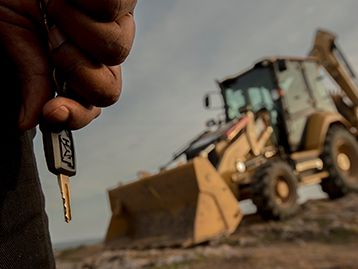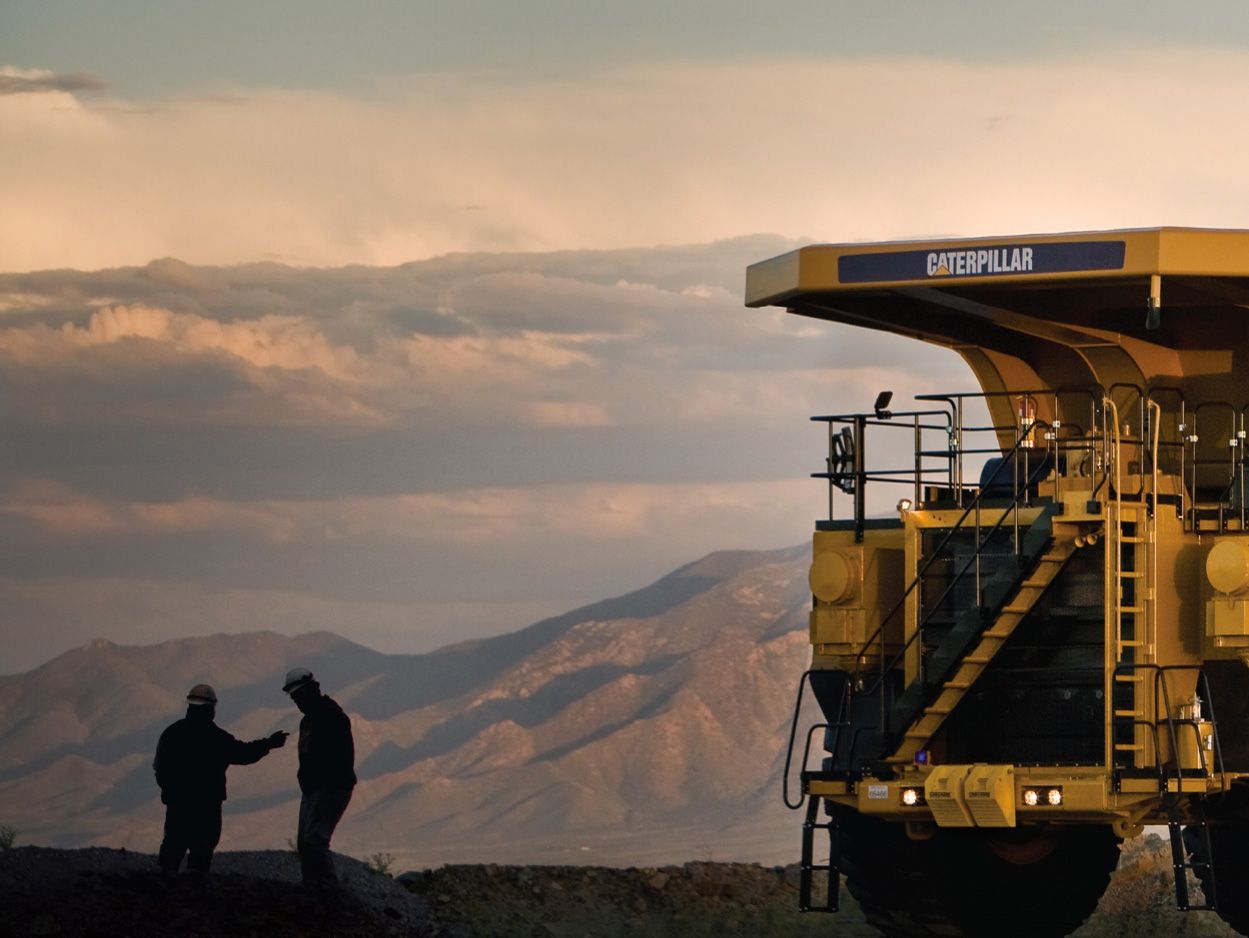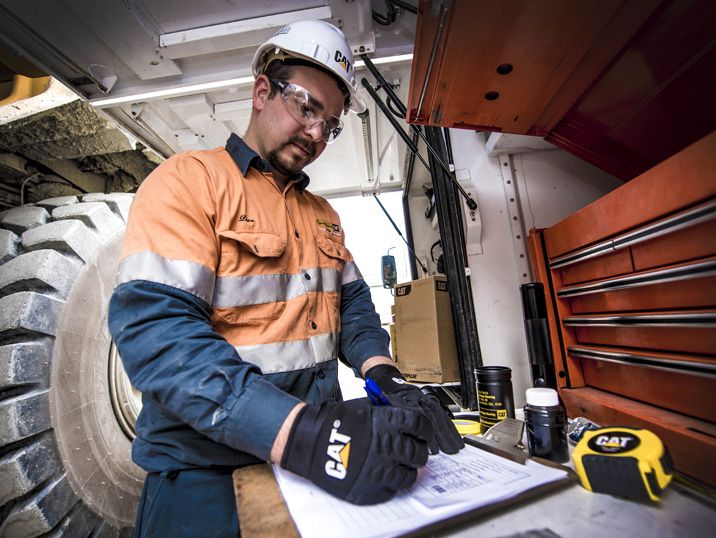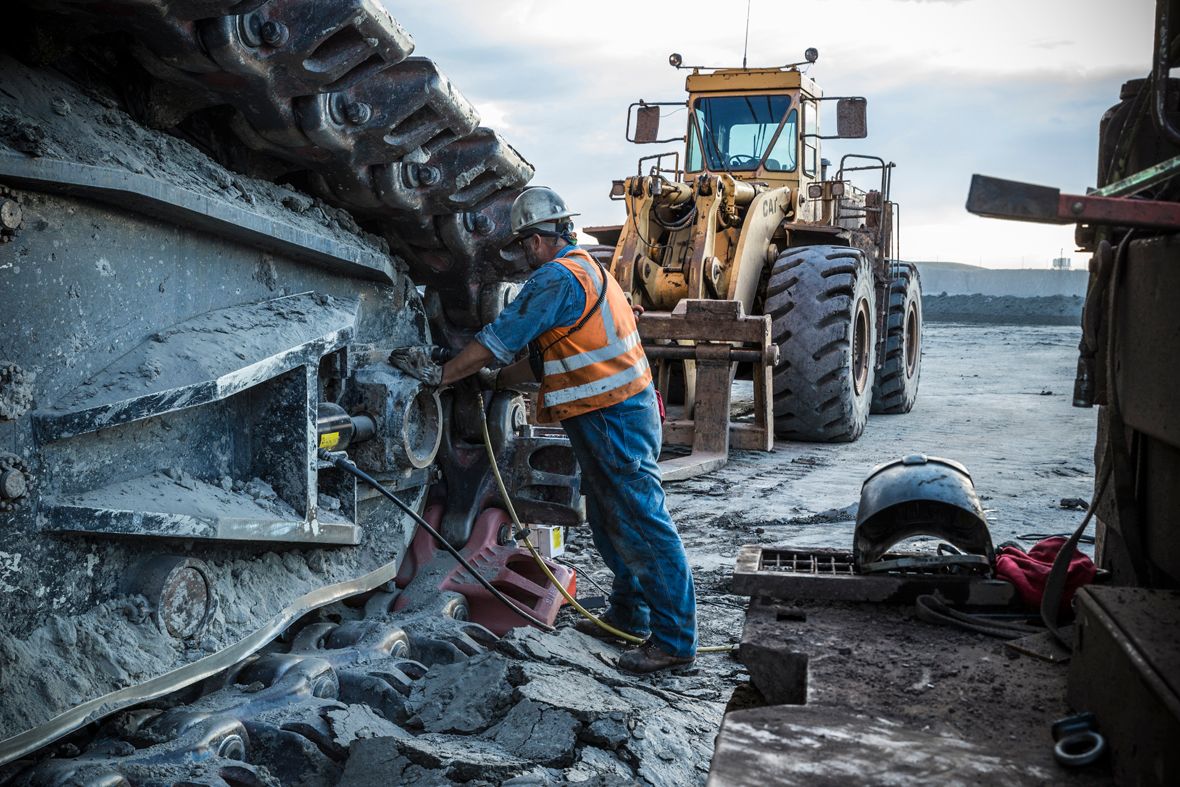

Sign In
Welcome! Sign In to personalize your Cat.com experience
If you already have an existing account with another Cat App, you can use the same account to sign in here
Register Now
One Account. All of Cat.
Your Caterpillar account is the single account you use to log in to select services and applications we offer. Shop for parts and machines online, manage your fleet, go mobile, and more.
Account Information
Site Settings
Security
What does a lender look for?
THE C’S YOU NEED TO KNOW BEFORE YOU SUBMIT YOUR APPLICATION
Financing and leasing heavy machinery is a great option for businesses of all sizes. It can help facilitate growth, which means it's critical that you understand the risk profile your lender will use to approve an application before you apply for financing.
There are several factors that lenders, like Cat Financial, review during the application process. The qualifications can be broken into two categories: The 5 Cs of credit analysis and the 5 Cs of documentation.
WHAT ARE THE 5 C'S OF CREDIT ANALYSIS?
These are five of the factors lenders review during the credit application process to help them make an informed decision about your firm's creditworthiness, and they include, but are not limited to:
1. CAPACITY
How do you intend to make monthly payments? This covers your business's cash flow, payment history and current market share.
2. CAPITAL
How much money do you already have invested in the business? Your company's debt-to-equity ratio will be a determining factor in whether or not your business has enough equity to accumulate more debt.
3. COLLATERAL
What additional monetary or capital-based guarantees can you put forward? Although many lenders require collateral for obtaining business financing, obtaining leasing equipment or a commercial line of credit often does not involve this factor.
4. CONDITIONS
What will the financing be used for? You should have a business-related usage for the financing, such as working capital, new office space or investing in new equipment.
5. CHARACTER
What kind of general impression do you make on the lender? Although this component can be tough to quantify, business experience, educational background and personal credit score all serve as factors that help lenders make an informed decision.
You will also need to provide the proper documents during the credit analysis process. Lenders will review your firm's financial history to determine company's financial strength and ability to repay any credit that has been extended.
What are the 5 C's of documentation?
This list of items represents the baseline benchmarks for how lenders measure the quality of the documents you provide:
1. Caliber
What type of documents are you able to provide? High-caliber documentation includes tax returns and third-party audits in addition to company-prepared forms and compilations. Providing the lender solely with internal bookkeeping documents typically isn't enough.
2. Complete
Have you provided all the right documents? The more robust and complete your firm's documentation history, the better, so don't forget to include any documents that could be important in the decision-making process, including all debt schedules and forms.
3. Consistency
Does your business provide the same set of documents year over year? Having records from every other year isn't enough, nor is only having a portion of the available documents for a given filing.
4. Currentness
How recent is the information you provided? Outdated information won't illustrate your company's present-day financial situation and will only create a delay in the process, as the lender will request you provide it.
5. Conversation
Are you able to give the lender any needed explanations? A chat with the person reviewing your application can bridge the gap between any missing information and supplement your credit application.
When you begin the process of seeking out business financing, whether in the form of leasing equipment or obtaining a commercial line of credit, keep the 5 Cs of credit analysis and the 5 Cs of documentation in mind. These can help your firm prepare for any questions or requests the lender might have, expediting the entire process and improving your company's chances of being approved.
Have more questions? Contact your local Cat dealer today.
Additional Articles
Find in-depth articles to answer your questions about construction equipment financing, and expert tips to help you navigate today's economy as a successful business.
-
6 Helpful Tips When Applying for Commercial Financing
Learn More -
Equipment Financing Requirements: Four Key Factors
Take a Look -
4 Easy Steps to Break Down Financial Barriers
Learn More -
4 Easy Steps to Protect Your Cat Engine or Generator Set
Learn More -
3 Tips to Generate Cash Flow as a Mining Company
Learn More -
Leveraging Technology to Manage Equipment Costs
Learn More -
How to Deal with Financial Hardship in the Construction Industry
Learn More -
The Value of a Captive Finance Company
Learn More -
Protecting Your Small Business: 3 Reasons to Make Sure You're Covered
Learn How -
Tips for Improving Cash Flow and Working Capital
Learn More -
Business Health: The Basics of a Profitability Review
Learn More











